Restaurant Masaru serves only the bowl of tempura and rice called Tendon in Japanese. Some spell this dish as Temdon. If you spell it following Japanese pronunciation, Tendon is correct spelling. Anyway, Tendon is a bowl of rice topped with tempura and sauce for tempura. Masaru is at Asakusa.
Fundamental information on Masaru at Asakusa
Location of Masaru
The address of tendon restaurant Masaru is 1-3-2 Asakusa Taitō-ku, Tokyo. The nearest station is subway station Asakusa (Ginza line of Tokyo Metro, Toei Asakusa line). And the nearest subway station exit is Exit 6. As Masaru faces on the very narrow street, it is very hard to find it without Google maps or other map app.
Exit 6 faces on Shinnakamise-dōri (or Shinnakamise street). To go to Masaru, right outside the exit you turn left and walk Shinnakamise-dōri in the direction away from the subway station.

Shinnakamise-dōri
Soon on your right side you would find the store named Kanzashi-ya (Kanzashi is an ornamental hairpin for Japanese kimono and ya means store) that has the sign with flower mark.

Kanzashi-ya
At Kanzashi-ya turn right into the narrow street. At the end of the narrow street, there is Masaru on your right.

Masaru on the narrow street
On above picture, a whitish house with Japanese lantern on the right is Masaru. You could see white stools line up outside of the restaurant. These stools are for customers who wait their turns. And on the upper part of the restaurant, you could see the white flag which reads “the restaurant serves delicious Tendon”.
Opening hours and others
The restaurant opens 11:00 am – 15:00. Which means it opens only for 4 hours a day. No dinnertime opening. On top of that, the restaurant closes as of using up ingredients.
It closes on Wednesday, Sunday and holidays.
Currently, the restaurant serves only one main dish, “Edo-mae Tendon” 3,700 yen and one side dish, miso soup 200 yen. Generally speaking, 3,700 yen is quite expensive price for tendon.
Here “Edo” is old name of Tokyo. And “mae” has two meanings. If we use “mae” independently, it can translate as “in front of”. And in front of Edo or Tokyo, there is Edo (Tokyo) bay. Consequently, the first meaning of “Edo-mae” refers to sea food from Edo (Tokyo) bay and it also means the restaurant uses “Edo-mae” sea food as ingredients.
The second meaning of “Edo-mae” refers to Edo style of cooking. But interpretation of Edo style cooking is sometimes different among people.
Masaru boasts of using wild-caught prawn and fish. The notice on the outside wall says the restaurant uses the best wild-caught “kuruma-ebi “(“ebi” means prawn or shrimp), “anago” (conger eel), “kisu” (sillago), “megochi” (Richardson dragonet) etc. for its “Edo-mae Tendon”.
Another notice says children younger than elementary school pupil cannot enter the restaurant. And the restaurant only accepts cash.
If you want to be in the first group, what time should you arrive at the restaurant?
Though the situation is different day by day, the first customer seems to arrive about 30 minutes before the opening, from about 15 minutes before the opening customers seem to begin to form a line. Probably if you arrive at the restaurant 10 to 15 minutes before the opening, you could enter the restaurant as the first group.
5 minutes before the opening, an employee comes out of the restaurant and begin to ask the number of the party and take the order. As there is only one main dish, the employee simply asks whether the customer order miso soup or not.
Inside of Msaru restaurant
Masaru is very small restaurant. It has two 2 seats tables, two 4 seats tables and the counter. When I visited, the restaurant sat three customers at the counter. The restaurant didn’t let share the table. Accordingly, only 11 persons were the first group to enter the restaurant on the day I visited, though full capacity of the restaurant is 15 persons. For the customers who carried bags, the employee offered the baskets for bags. And for the customers who unfortunately could not enter the first group, the employee asked them to wait outside of the restaurant.

Counter of Masaru
As the kitchen and the counter are separated by glass and wall, you don’t need to worry about oil spitting when you sit at the counter.
Edo-mae Tendon
Appearance of Edo-mae Tendon
After customers taking seats, the employee brought a cup of tea and a pair of chopsticks to the table. Then customers waited during cooking of Edo-mae Tendon. And finally the employee brought and set Edo-mae Tendon on the table telling that the side with erect lid of the bowl is front and you can eat the head and tail of prawn.

Front view of Rdo-mae Tendon
Usually when the restaurant serves Tendon with lid of bowl, the lid is put on the bowl. But some restaurants serve Tendon without lid. Anyway, Tendon with erect lid is rare. On above picture of Edo-mae Tendon, you can see a part of “anago” (conger) and tail of prawn are erected on the other side of the bowl. As these parts are sticking out from the side of the bowl, it is impossible to put on the lid properly. I guess that is one of the reason for the erect lid. Probably the other reason is photogenic effect for abundance of ingredients of Edo-mae Tendon.

Edo-mae Tendon view from above
After taking off the lid, Edo-mae Tendon looks as follows.

Edo-mae Tendon without lid
You can see rice between the inner wall of the bowl and ingredients. The head of prawn was severed from torso and put on lower right side of the bowl.
Taste of Edo-mae Tendon
My first impression for Edo-mae Tendon was that rice was not densely topped with tempura as I expected. I might have expected much bigger prawn and fish. Temperature of miso soup was hot. Tempura was deep fried in sesame oil. Tempura felt a bit moist. For this point, people’s preference might split.
Some point Edo-mae or Edo style tendon is served with lid on, and by this way of serving tempura is steamed by moisture and becomes moist. And the restaurants have to use sesame oil for frying. Batter must be thick to mix well with sauce. From this point of view, Masaru’s Edo-mae Tendon may deviate a bit from Edo-mae.
Sauce for tempura and rice seemed a bit thin at first. But on bottom part of rice, it felt thick. Anago (conger) smelled a bit but not bad smell. The prawn didn’t taste much against my expectations. Sauce seemed to seep into center of head of prawn and that part tasted a bit strong. Miso soup seemed a little salty.
In my opinion, Masaru’s Edo-mae Tendon was not bad. But when I consider the price, I can say cost-effectiveness is not so high.
Waiting line
It seems that most customers stay 20 to 40 minutes in the restaurant. Even a party of customers finished lunch and went out, the employee didn’t let the waiting customers enter the restaurant. The restaurant didn’t seem to replace sequentially leaving customers with waiting customers. Probably the restaurant would replace customers when all the customers in the first group finish lunch.
If my guess is correct, customers have two choices. One is to wait in line before the opening and the other is to wait in line after the opening. When I left the restaurant, there remained three parties, and I saw a long waiting line outside of the restaurant.

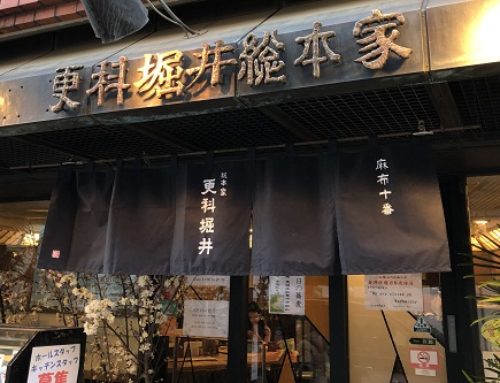
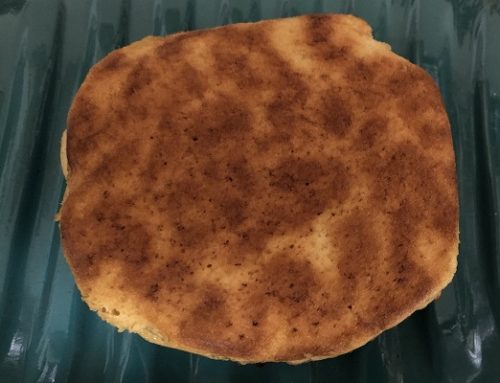
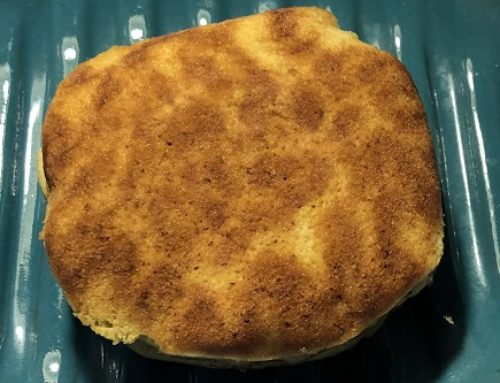
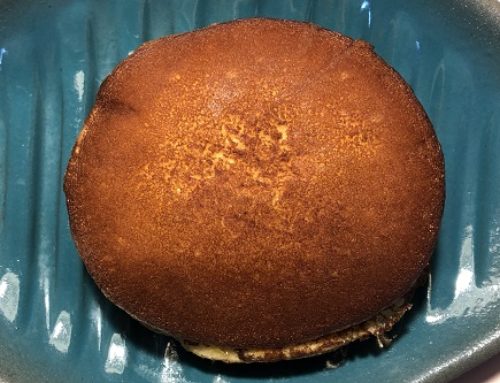
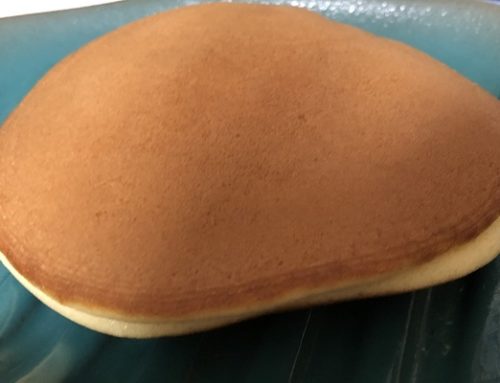
Leave A Comment